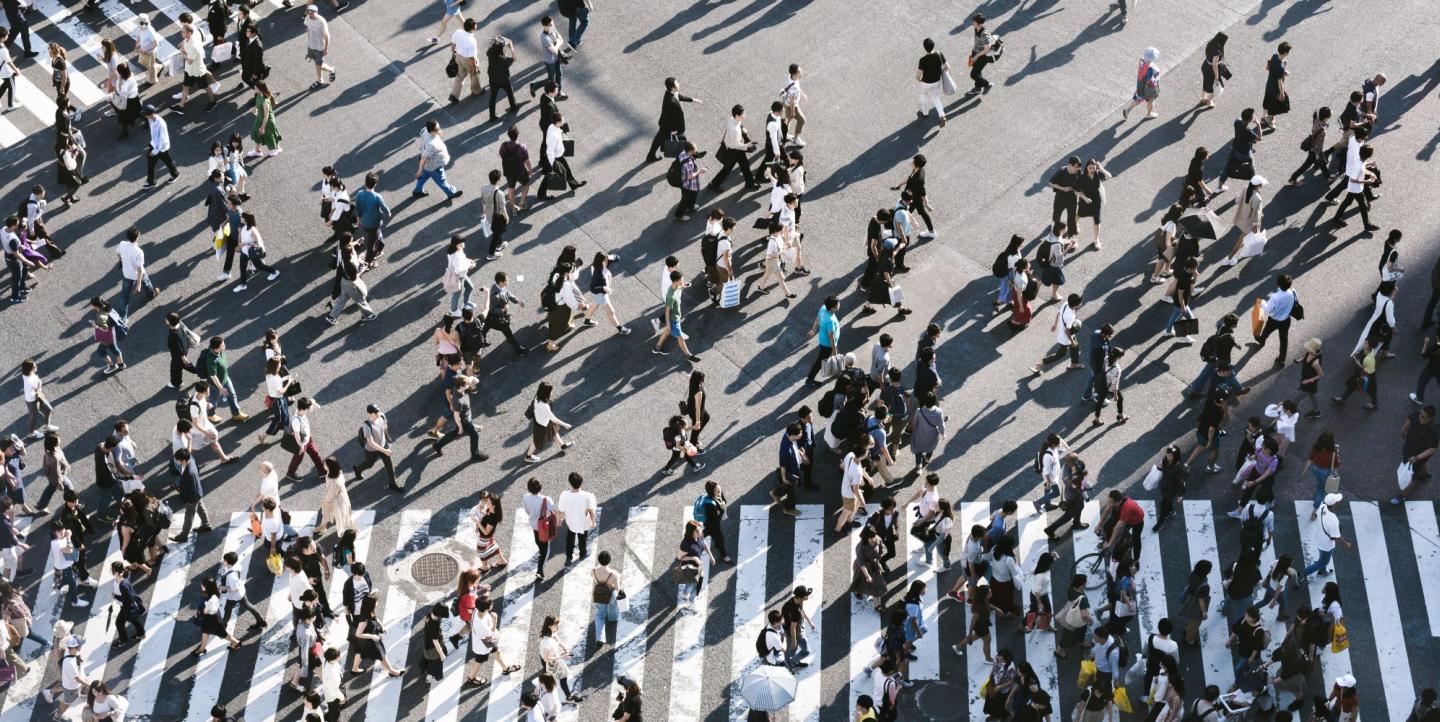Human rights violations and abuses have increased in many countries during COVID-19. While journalists and researchers have documented some incidents in their reporting, like this article on infringements on free speech and this report on xenophobic attacks and discrimination, others have gone unreported due to the increased difficulty of reporting during the pandemic.
As the world continues to contend with the novel coronavirus, journalists can turn to established tools and methods to help them effectively cover rights violations and abuses.
Here are some tips.
Embrace eyewitness accounts on social media
Amid restrictions on movement and travel during COVID-19, journalists should utilize social media, messaging apps and phone calls to gather eyewitness accounts to support their reporting.
“Because of the increasing use of social media during the pandemic people tend to make more use of their personal spaces such as Twitter, Facebook and Instagram to share stories of human rights violations that happened to them, around them, or to someone close to someone they know,” said Isa Sanusi, a media manager for Amnesty International in Nigeria, where she tracks rights violations. “Journalists should therefore increase their search on social media where people go first to share stories of abuse.”
Journalists should follow the social media pages and websites of organizations such as Human Rights Watch, Amnesty International, UNICEF and others that work in the areas of sexual violence, child abuse and criminal justice, for example, to get leads on stories, and identify credible sources, angles and interview subjects.
[Read more: Nigerian newsrooms are using these strategies to combat media repression]
Using verifiable eyewitness accounts that minimize physical movement for health safety reasons is the right thing to do, said Nigerian journalist Fisayo Soyombo. Soyombo started a popular hashtag series #fisayoscovid19series on Twitter to amplify stories of rights violations shared by Twitter users in Nigeria during the first lockdown of the pandemic in his country. “The focus should be on documented evidence of violations rather than attempting to physically report the event. Unless it is absolutely necessary, we all need to embrace non-physical means of reporting the news,” he said.
Journalists should monitor social media platforms for stories and reactions to rights violations and then contact the posts’ authors for more details, and to seek consent to use the story. These accounts must go through rigorous verification to avoid spreading misleading information. You can confirm the legitimacy of photos using tools such as TinEye or Google Images, which allows you to reverse image search and review metadata. You should also analyze the profiles of the users sharing stories to ensure that they have not shared false or harmful information in the past.
Crowdsource stories
Consider inviting members of the public to contribute to your news gathering efforts. You can do so through online polls, call-outs asking for information from the public, and questionnaires, for example.
The Guardian tracks topics of interest for their readers by embedding options for them to ask questions in their articles. The BBC and Nigeria’s Punch Newspaper ask readers at the end of their articles to share eyewitness accounts, especially if a story is breaking or continuing to develop.
CNN recently used crowdsourced video footage from the Lekki shootings in Nigeria, which experts then analyzed, to produce an explosive investigative feature that confirmed the killing of peaceful protesters in October.
“I think crowdsourcing is the way. Internet traffic is at an all-time high, so journalists must take advantage of it,” said Soyombo. “They must put themselves out there and make themselves accessible to the public.”
Whistleblowers can also share anonymous tips on rights violations using tools such as SecureDrop and WeTransfer, through which you can share large video files.
[Read more: Geo-mapping tools to investigate wildlife trafficking]
Utilize multimedia
Strong multimedia reporting can shine a light on rights violations in a way that text alone may not be able to achieve. Graphics, video and audio footage can add needed depth and context to coverage of authorities' responses to rights violations.
Journalists should utilize multimedia components to generate more impact, said Sanusi. “To do this, journalists have to emphasize the use of audio-visuals to highlight human rights violations. Stories must be approached in a multimedia way so that their impact can be far reaching.”
Audiences today are already navigating information overload. Adopting a multimedia format will help engage audiences while sustaining their attention. Two successful examples of this are the New York Times’ reporting on the murders of George Floyd and Ahmaud Arbery, both of which incorporate crowdsourced information and video footage.
Pay attention to vulnerable groups
During a crisis like a global pandemic, perpetrators may feel any rights violations they commit will receive less attention. Journalists should pay heightened attention to especially vulnerable groups, such as pregnant women in correctional facilities, domestic workers quarantining with their bosses, and immigrants at detention facilities, among others.
Restrictions during the pandemic can also mean that people living in more remote communities with low internet connectivity will have less access to information. People visit hospitals less frequently and are less likely to report violations to the police, as well. It’s important for journalists to establish alternative ways to reach these people so that issues that may otherwise go unreported in these communities are escalated and properly documented. In that way, they can then be addressed.
Others will also come forward with their own stories if they see reporting on rights violations in the news, added Soyombo. “If a policeman assaults a civilian and the story is published, several others who have been similarly assaulted will definitely be interested in reading and sharing across social media platforms.”
Stay safe
Staying safe physically, mentally and digitally should be top of mind for any journalist reporting on rights violations during the COVID-19 pandemic, advised Jonathan Rozen, a senior Africa researcher at the Committee to Protect Journalists (CPJ).
Journalists should minimize their risk of physical exposure by limiting the reporting they carry out in person. It is also important for journalists to assess the state of their mental health before undertaking any assignment. “You cannot report on rights violations accurately, even those carried out against journalists if you are not in the right headspace psychologically,” said Rozen.
On digital security, CPJ recommends that journalists working from home should update their devices to the latest operating system to reduce cyber threats. You should use secure messaging apps such as Signal, and consider having a dedicated work device.
Digital rights may be further hindered In countries where governments seek to control the flow of information. It is important for journalists to learn how to use circumventing tools such as NordVPN, Psiphon and Tor, among others, to stay connected in the event of an internet shutdown.
Main image CC-licensed by Unsplash via Ryoji Iwata.
Senami Kojah is a Nigerian investigative journalist and news editor at Saharareporters.com. She is a 2019 Climate Tracker Online Data Journalism Fellow.


